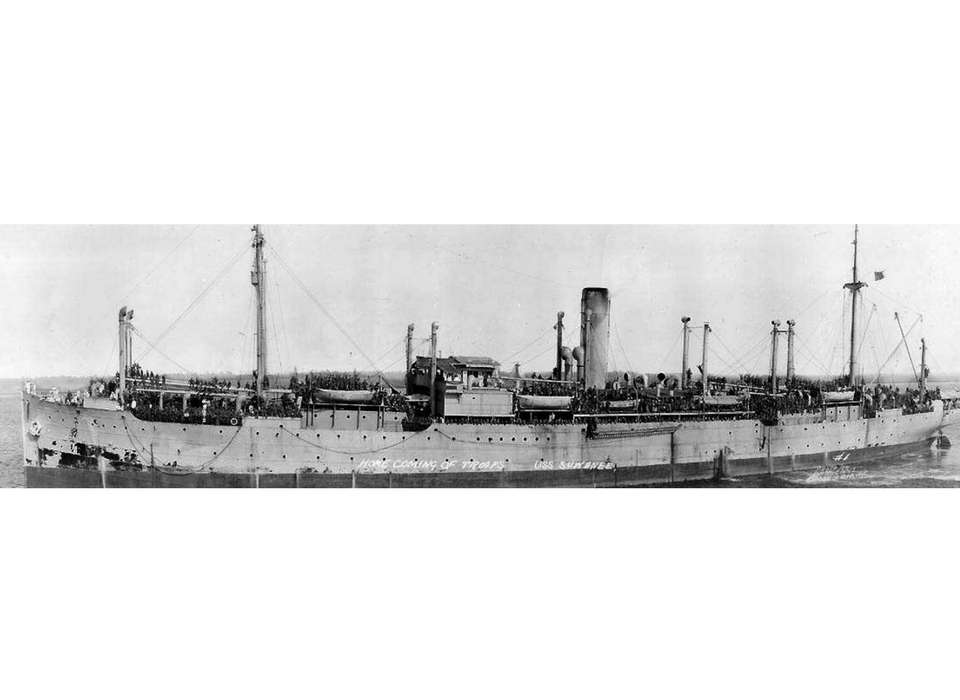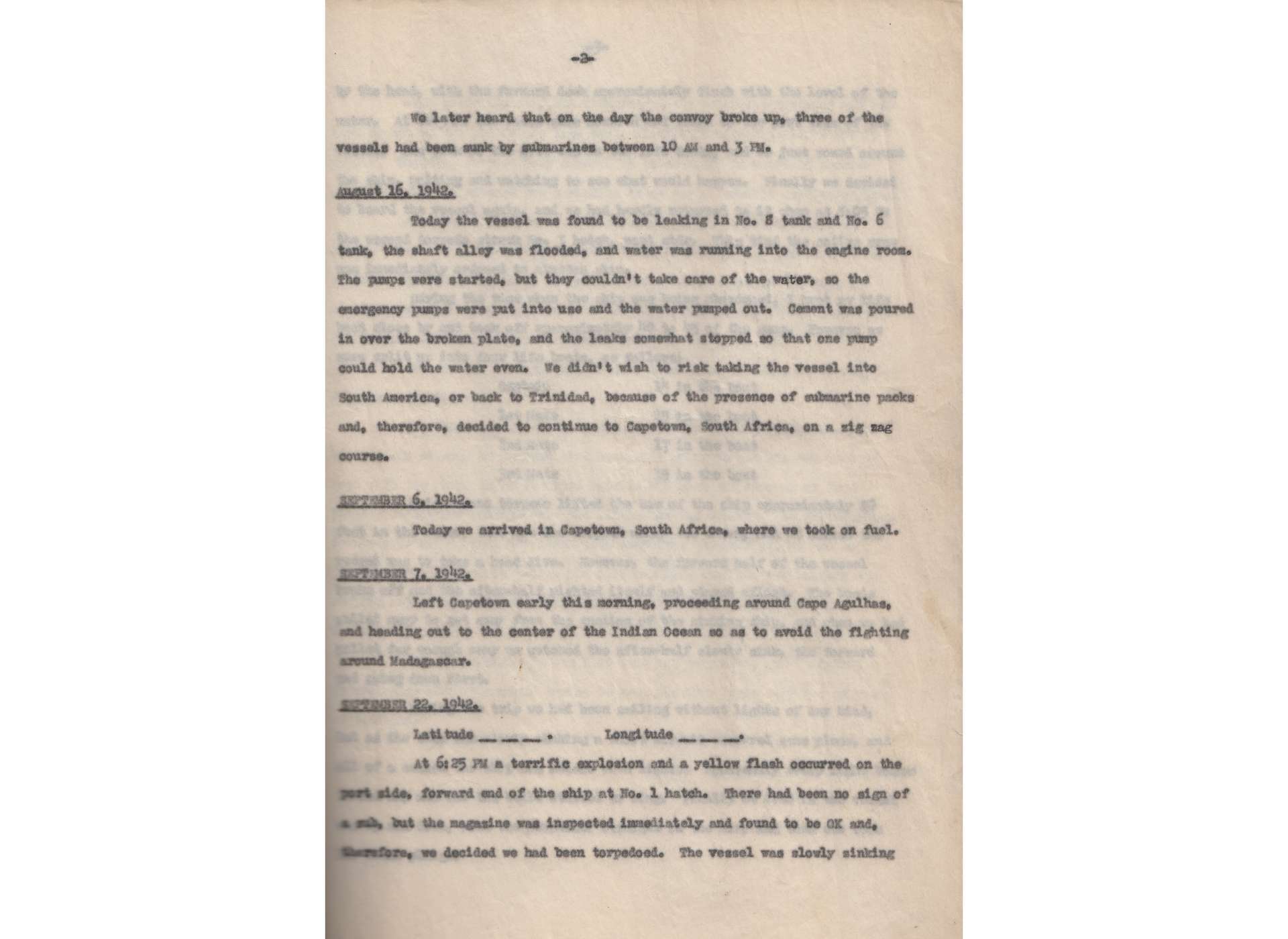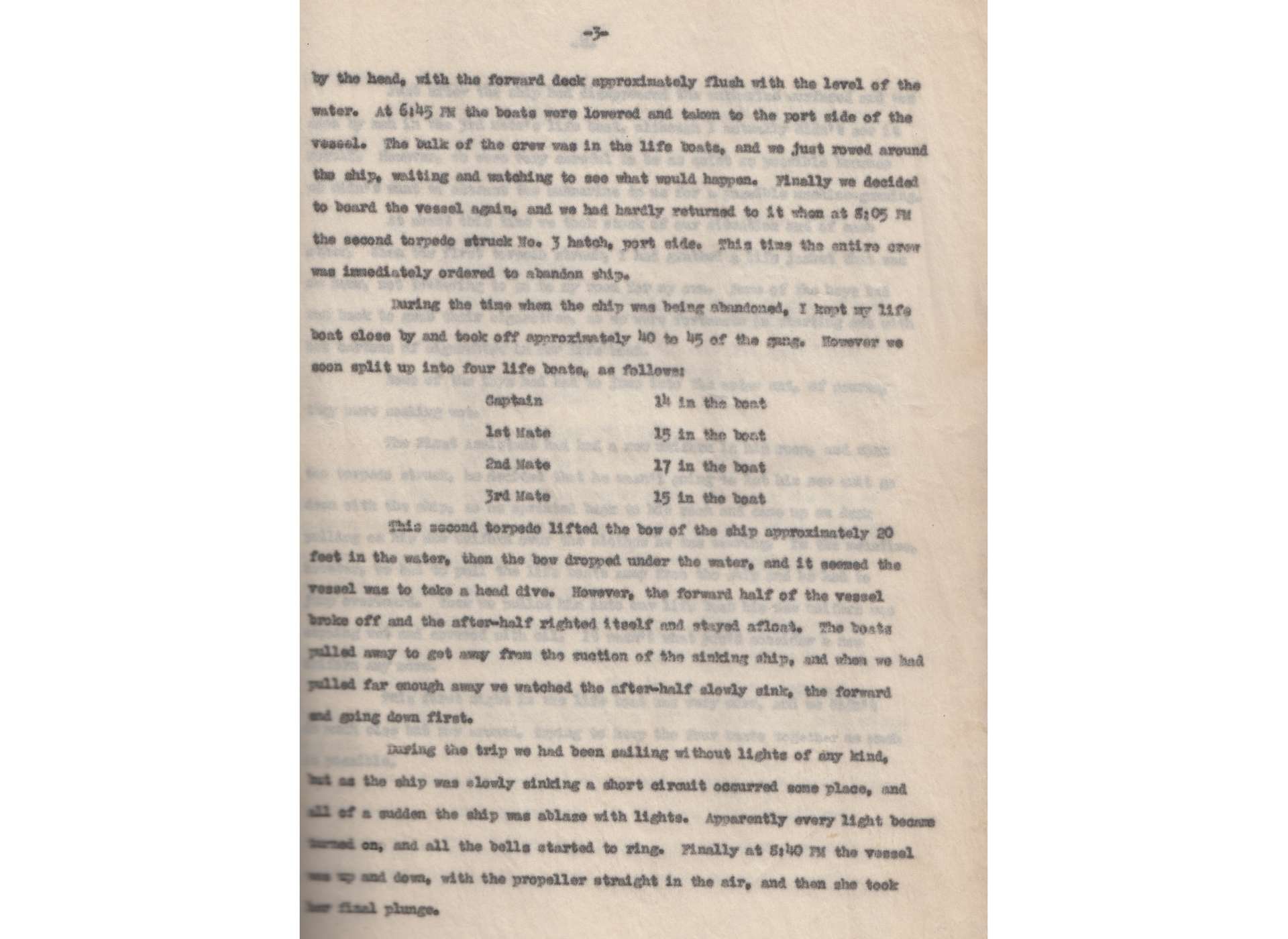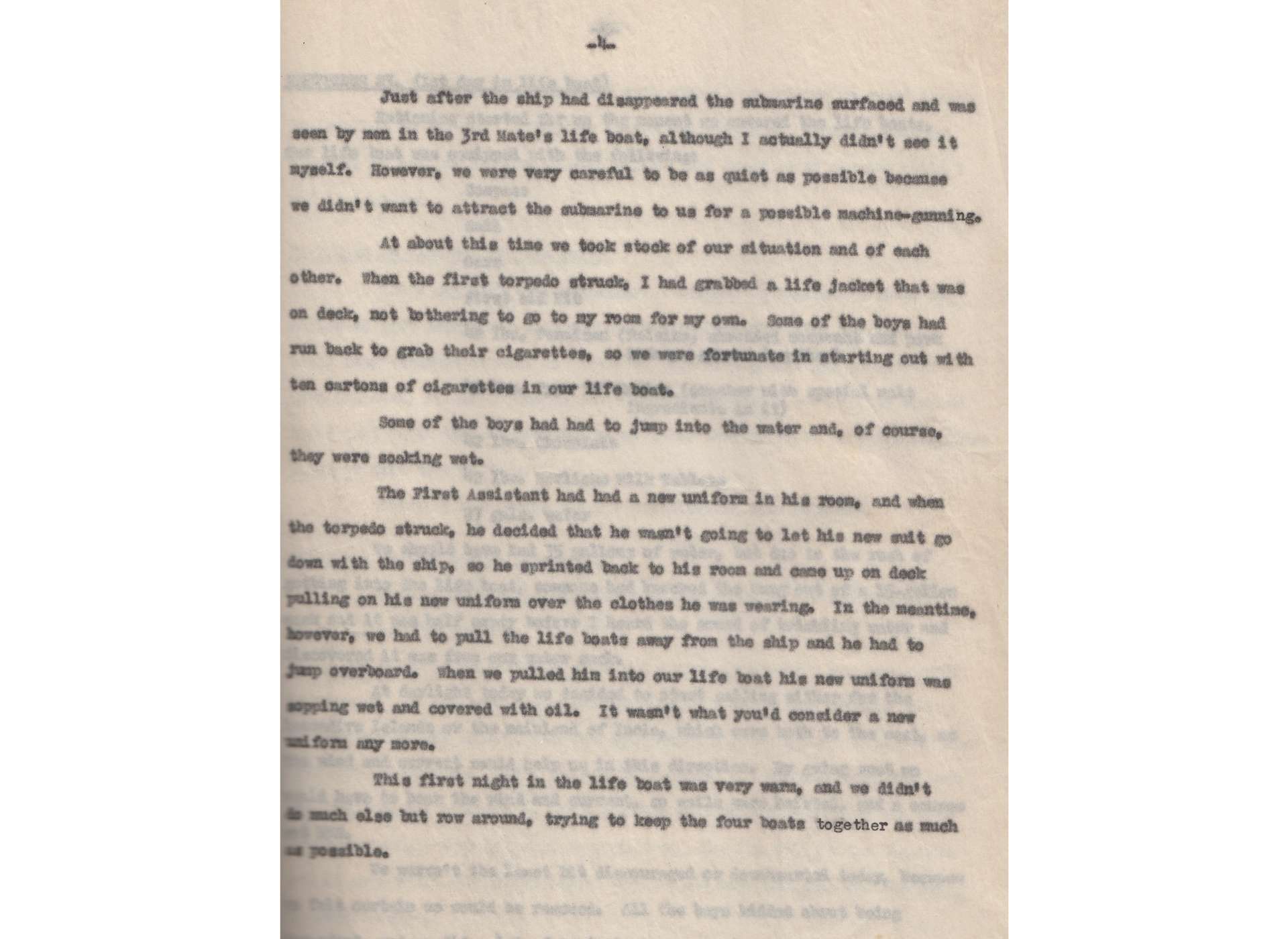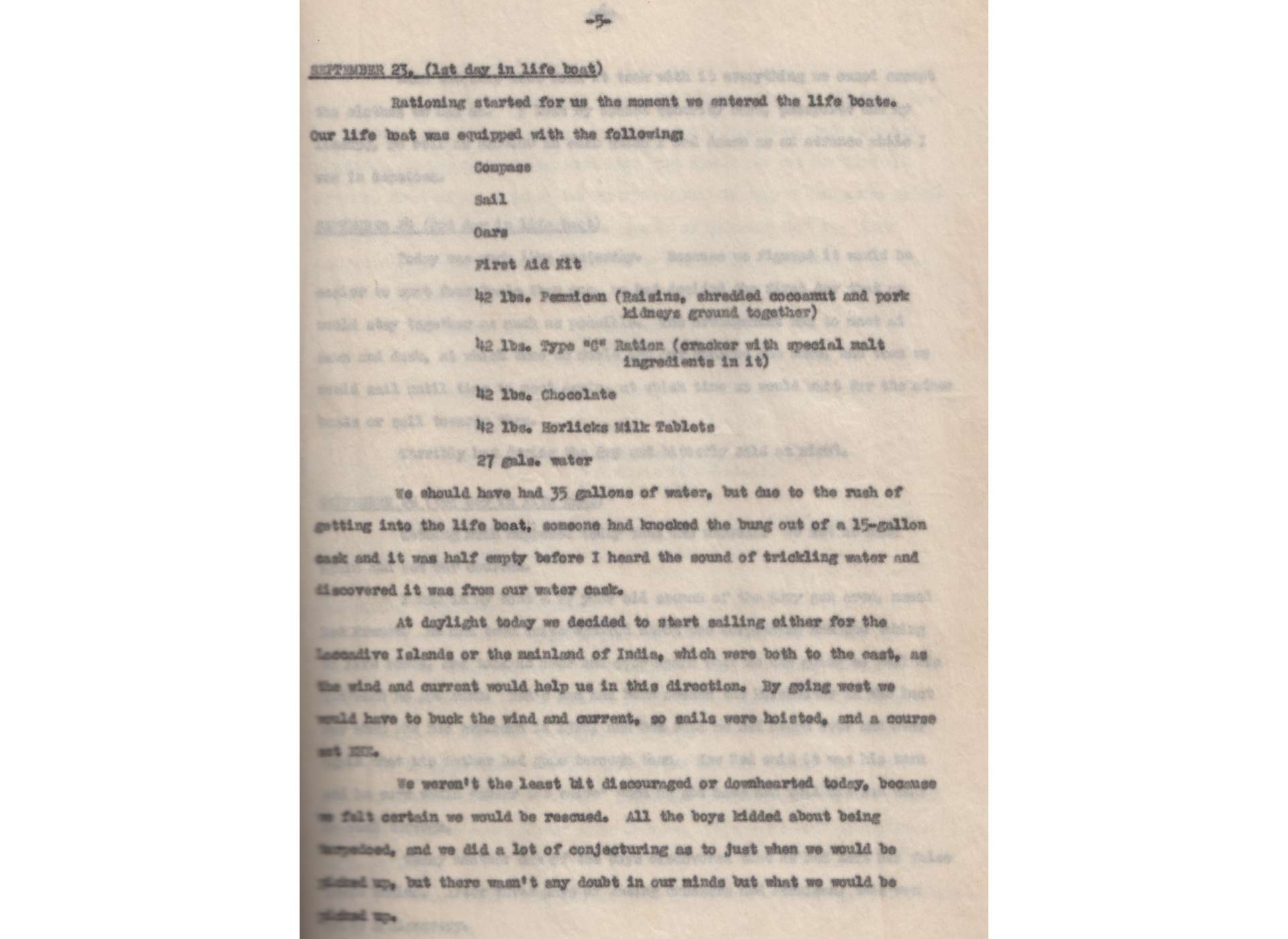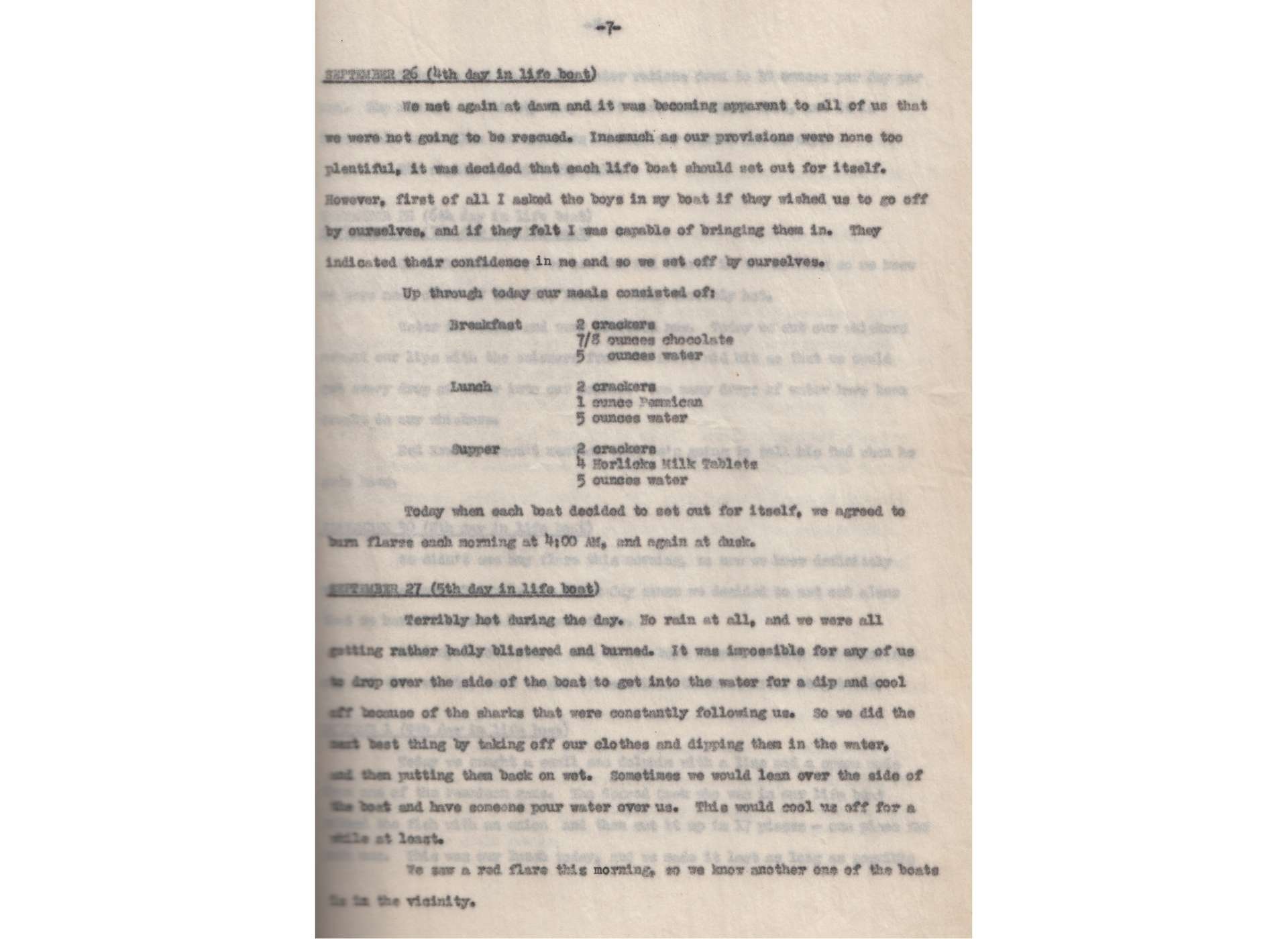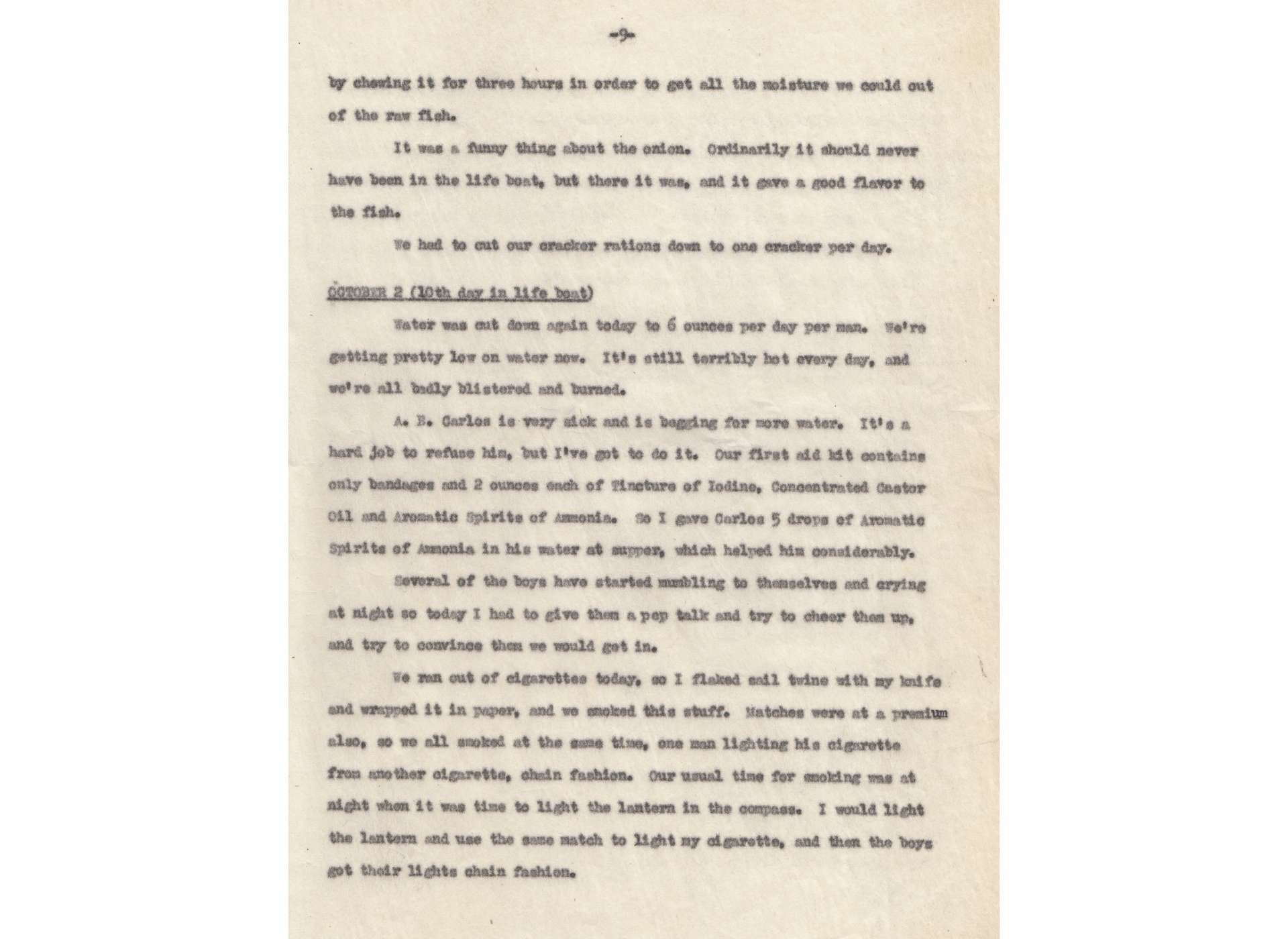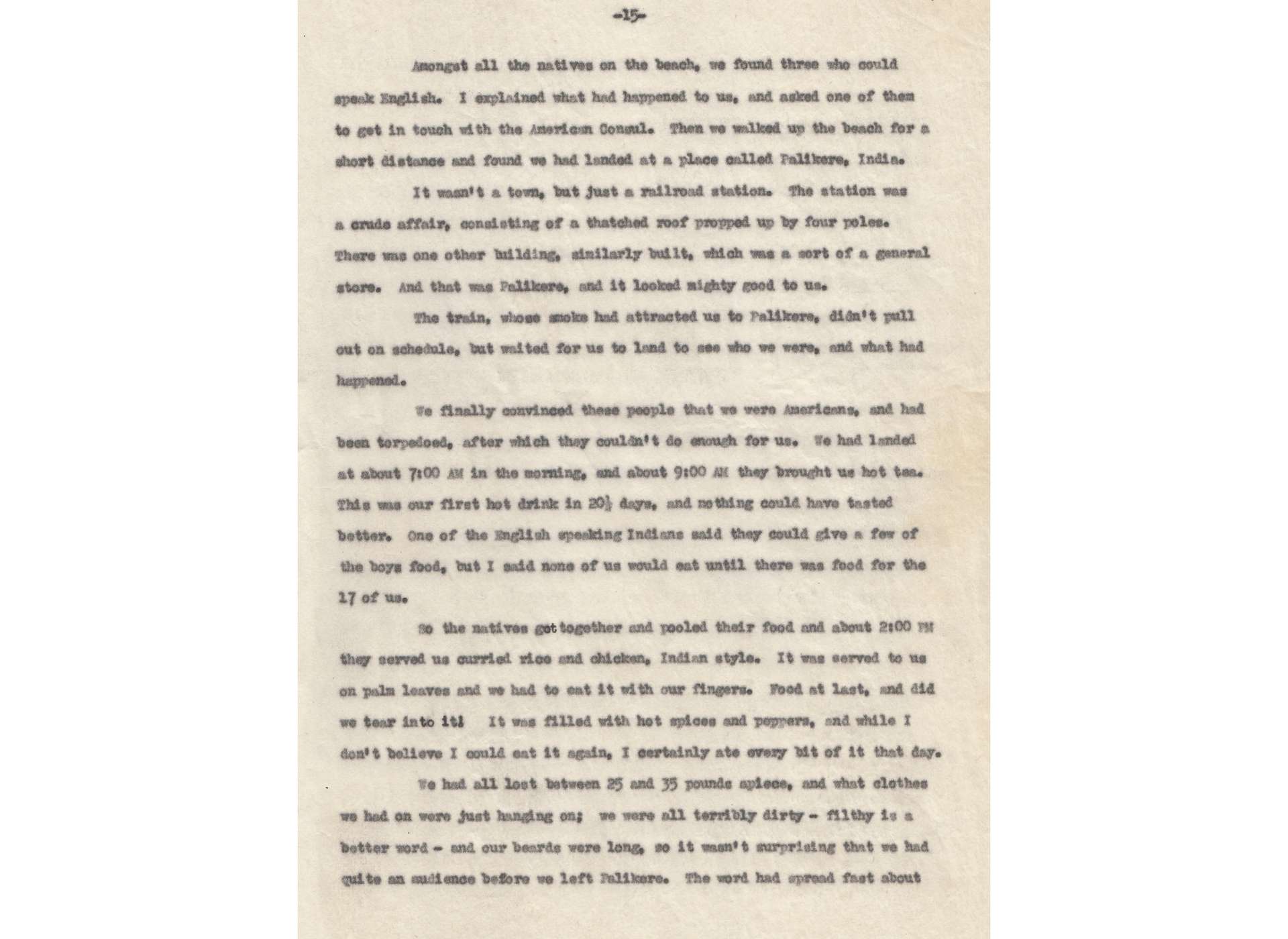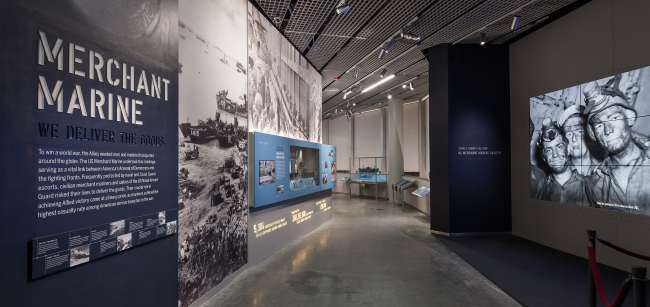While much of the focus on WWII history is centered on large battles or critical campaigns, people often overlook the importance of the logistical side of the conflict. America’s aim to become the world’s “Arsenal of Democracy” was not just a nifty propaganda slogan—the United States produced over 41 billion rounds of ammunition, nearly 300,000 aircraft, and over 88,000 tanks during World War II.
In order to move all the matériel needed to win the war, the US Merchant Marine would have to play a major role, but it had many hurdles to clear. The Great Depression had a devastating effect on merchant shipbuilding in the United States during the 1930s. In response, Congress passed the Merchant Marine Act of 1936, which created the US Maritime Commission, tasked with the mission to modernize and build ships for the looming world war. Originally slated to build 50 ships a year for 10 years, the Maritime Commission ended up building over 5,000 ships by the end of 1945, including 2,710 of the iconic Liberty ships.
However, in December 1941, there were only 12 million tons of shipping vessels under US registration to move men and matériel to combat the Japanese, Germans, and Italians. Worse, American industrial capacity had only committed 15 percent to defense in 1941. The lack of Allied shipping, particularly in the Pacific theater, would prove to be one of the key factors in determining when an offensive could be launched against the Japanese.
The Allies did have one advantage: the Japanese naval submarine doctrine was drastically different from the German navy’s. While the German U-boat force was trying to starve the British into submission in Europe, the Japanese did not particularly target merchant shipping. Only one paragraph in the 1943 edition of the Japanese navy’s Combined Fleet Tactical Instructions was dedicated to attacks on enemy lines of communication. The Japanese envisioned their submarines weakening an American fleet sailing across the Pacific before finally destroying the remnants in a repetition of the 1905 Battle of Tsushima, in which the Japanese smashed the Russian fleet and won a stunning victory.
-

Setting sail from Cape Town, South Africa, and the first torpedo hit.
Gift of Neva Murphy, 2017.015 -

An accounting of the men in each lifeboat after the second torpedo hit. Gift of Neva Murphy, 2017.015
-

Taking stock of the provisions men grabbed on the way to the lifeboat. Gift of Neva Murphy, 2017.015
-

An accounting of the supplies available in the lifeboat, and recognition that rationing had begun. Gift of Neva Murphy, 2017.015
-

Describing the meals the men have had after four days in the lifeboat. Gift of Neva Murphy, 2017.015
-

The dire water situation facing the men after 10 days in the lifeboat.
Gift of Neva Murphy, 2017.015 -

The first hot beverage—and real food—in more than 20 days. Gift of Neva Murphy, 2017.015
The Japanese, however, occasionally attacked merchant shipping in the Pacific during the war—unfortunately for 2nd Mate Arnold T. Hansen and the SS Paul Luckenbach. Built in Germany in 1913 and originally named Mark, the Paul Luckenbach was seized by the United States in Manila during World War I. Renamed the Suwanee, the ship worked as a troop transport before being sold and converted to cargo in the 1920s and again renamed. The Paul Luckenbach was carrying cargo when it sailed from Cape Town, South Africa, on September 7, 1942, and headed into the Indian Ocean to avoid fighting raging around Madagascar. The ship was in the middle of the Indian Ocean when it was torpedoed by the Japanese submarine I-29 at 6:25 p.m. on September 22, 1942. After the first torpedo strike, there was some hope of saving the vessel, but I-29 put another torpedo into the ship an hour later, forcing the crew to abandon ship and load into lifeboats. The cargo of 18 tanks and 10 B-25 Mitchell medium bombers was lost.
Hansen was put in charge of one of the four lifeboats containing the 61 seamen and US Naval Armed Guard of the Luckenbach. He and the 16 men on his lifeboat then embarked on a 20-day odyssey across the Indian Ocean to try to reach land. Hansen kept a detailed daily journal about his crewmembers' time on the lifeboat, which the Museum is fortunate to have in its collection. Reading Hansen’s account is a remarkable window to the daunting survival task the men aboard faced. Fortunately, everyone in Hansen’s charge survived to make landfall in India on October 12, 1942, after a lifeboat journey of over 800 miles. Hansen was sent back home to the United States and was in New York City by November 23, 1942.
I-29 went on to have a remarkable wartime record for a Japanese submarine. It was one of the few Japanese submarines to make multiple successful Yanagi missions to Germany, during which the Germans and the Japanese traded raw materials and technical data. Its commander during the Yanagi missions was Takazau Kinashi, who fired the most successful single spread of torpedoes in World War II. The torpedoes sank the carrier USS Wasp (CV-7) and destroyer USS O’Brien (DD-415) and badly damaged the battleship USS North Carolina (BB-55) on September 15, 1942, near the Solomon Islands. Kinashi was awarded the Iron Cross Second Class for the feat by Adolf Hitler himself.
However, luck soon ran out for the I-29. Alerted by intelligence intercepts, the submarine USS Sawfish (SS-276) sighted I-29 on the surface on July 26, 1944, and struck her with three torpedoes, destroying the vessel and killing all but one crewmember aboard.
Top photo: The SS Paul Luckenbach sailing as a troop ship during World War I. Named the USS Suwanee during the war, it was used by the US Navy as a troop transport between the United States and Europe. Image: Naval History & Heritage Command Photograph NH 104801; donation of Dr. Mark Kulikowski, 2007.
James Linn
A New Orleans native, James Linn first became involved with the institution then known as The National D-Day Museum in 2001 as an eighth-grade volunteer on weekends and during the summer. Linn joined The National WWII Museum staff in 2014 and served as a Curator until 2020.
Cite this article:
MLA Citation:
APA Citation:
Chicago Style Citation:
